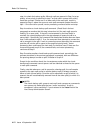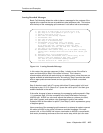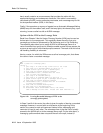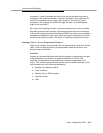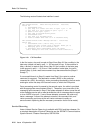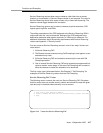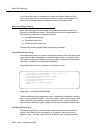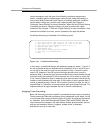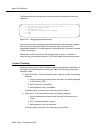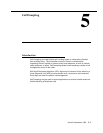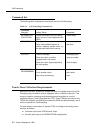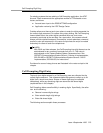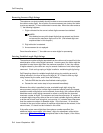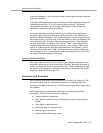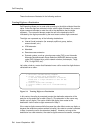
Basic Call Vectoring
4-20 Issue 4 September 1995
The following vector illustrates how vector processing is stopped via the
stop
command.
Figure 4-17. Stopping Vector Processing
If the
stop
command is reached, the queued caller will continue to hear ringback.
Also, if the
stop
command in Step 5 is executed, Step 6 is not executed
immediately thereafter. The latter step can be executed only if the
goto
command
in Step 1 succeeds.
Note that an
implied stop
follows the last step within a vector. In addition, a
vector will stop processing whenever 1,000 vector steps have been processed.
Vector Chaining
Multiple vectors can be chained together to enhance processing capabilities. In
this regard, the following points involving two Basic Call Vectoring commands
should be noted:
■
Route-to number
. If this command is used to point to a VDN, the following
happens:
1. Vector processing continues at the first step in the vector assigned
to the routed-to VDN.
2. Call (if queued) is dequeued.
3. Wait treatment (if any) is disabled.
Processing then continues in the receiving vector at Step 1.
■
Goto vector
. If this command is used, the following happens:
1. Vector processing continues at the first step in the branched-to
vector.
2. Call (if queued) remains in queue.
3. Wait treatment (if any) is continued.
Processing then continues in the receiving vector at Step 1.
1. goto step 6 if calls-queued in split 21 pri m > 10
2. queue-to main split 21 pri m
3. announcement 4000
4. wait-time 30 seconds hearing ringback
5. stop
6. busy



